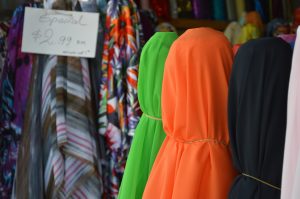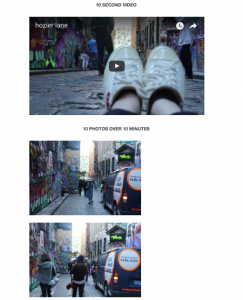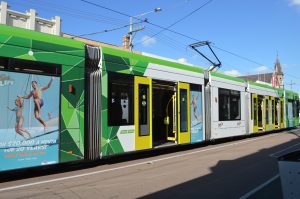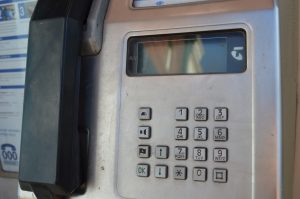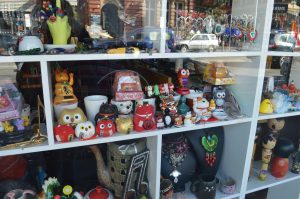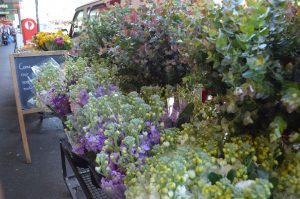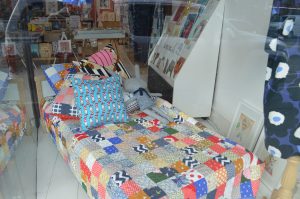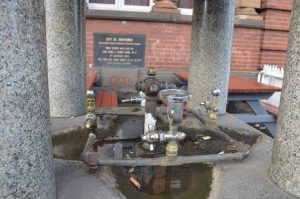In his classes, he famously asks his students to forget their personal narratives and any attempts at dramatisation and to merely experience what is happening for a long time in a not very eventful place
– Panse (46)
Unfortunately, I wasn’t able to attend week 5’s workshop class so I had to take the matter into my own hands. This exercise was supposed to be done in pairs but being by myself at home, I was unable to find a partner. Nonetheless, I have managed to record a “not very eventful place”. Here is the result:
This is the front gate of my home, filmed around 6 or 7 in the morning. Before jotting down my observations, I have already watched the film and found that it was difficult to see any changes at a normal rate. However, if I amp up the speed, it will be easier to see changes in the surroundings. So I suggest pressing the settings button and maximise the speed to 2.
OBSERVATIONS
- It’s easy to tell that there’s a slight breeze due to the branches of the leaves being softly pushed
- In terms of the audio, you can hear the engine of the vehicle running every now and then from the cars passing by
- There is music in the background from my laptop
- Static noises, bumps/thuds on the wall, footsteps, furniture being moved
- The sound of clock ticking right next to the camera
- The colour of the sky has also changed – from a muted blue to a paler, baby blue
- The wind has also died down throughout the middle of the video
- By 8 minutes, the sky becomes white as more clouds have appeared
- Also, more birds are starting to chirp and outside activity is starting to get more active
In terms of the imagery, the most prominent change has been the sky from a blue, to a light blue and eventually white due to the clouds. Other than the clouds, the only thing you really see moving are the branches from the tree.
On the other hand, the sound is more active than the image – various sounds coming from inside and outside the video appear and can be heard without having to try hard. I think says a lot about the different mediums – by looking at the video, it can appear really quiet and serene but once listening to the audio, you realise that it’s quite the opposite.
Lyreca.

